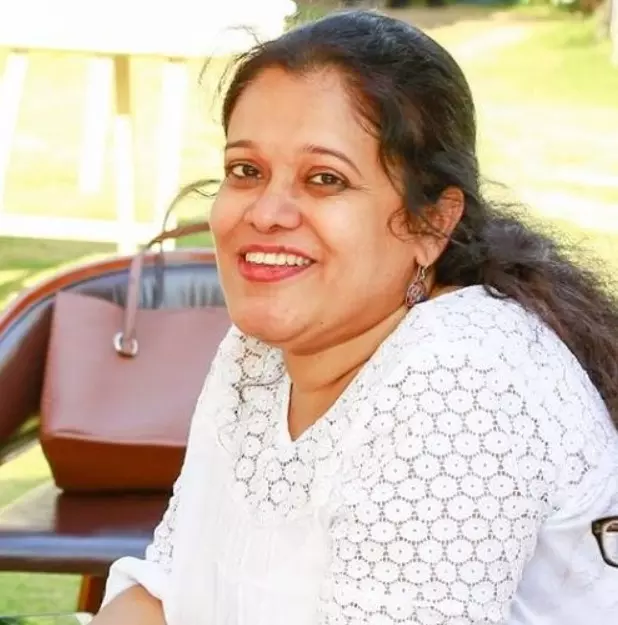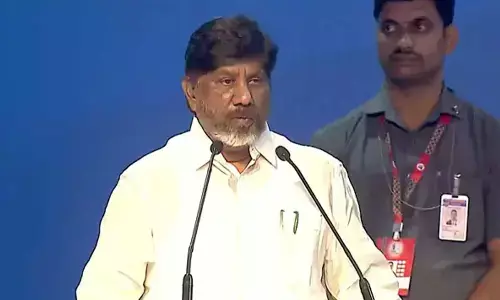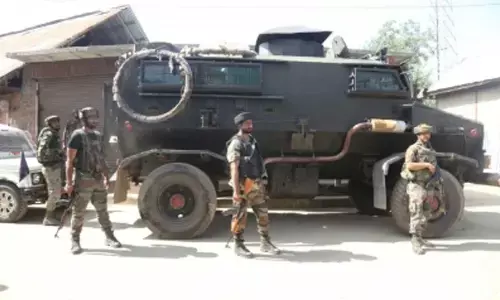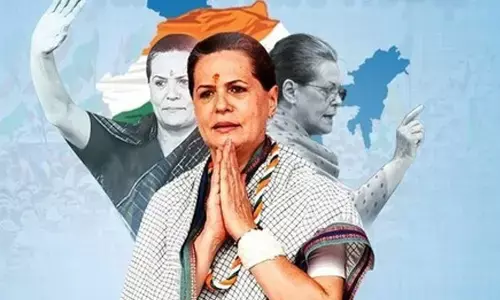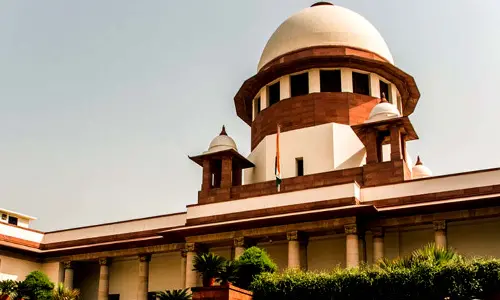Wonder women of Indian space mission
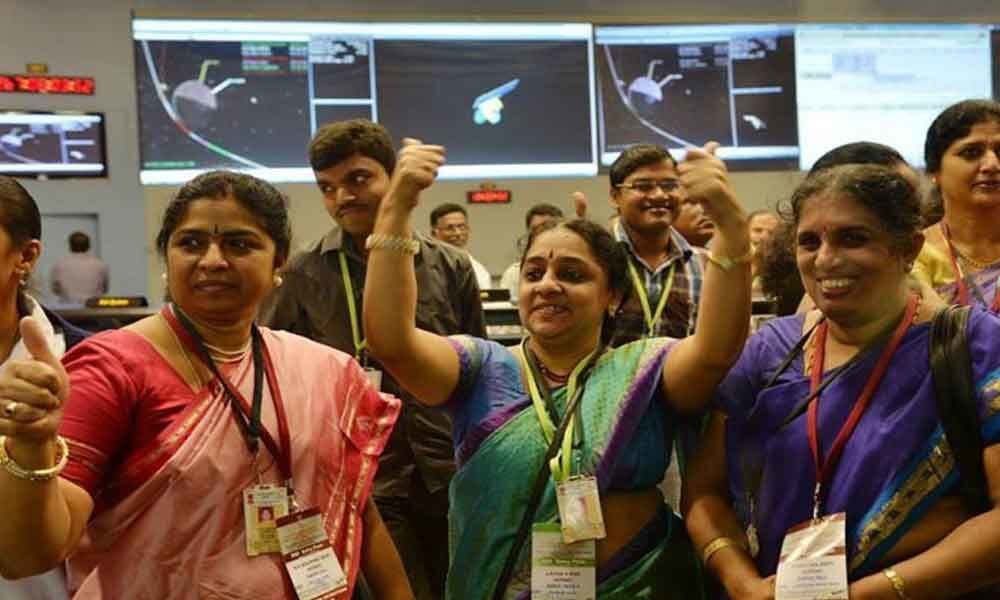 Wonder women of Indian space mission
Wonder women of Indian space missionThe Indian Space Research Organisation (ISRO) has seen many great successful space missions; that were spearheaded by the most talented, dedicated and badass group of women scientists that the world has ever seen.
The Indian Space Research Organisation (ISRO) has seen many great successful space missions; that were spearheaded by the most talented, dedicated and badass group of women scientists that the world has ever seen. Nandini Harinath and Ritu Karidhal calculated the spacecraft's trajectory to Mars, besides overseeing the mission operations; Moumita Dutta and Minal Sampat designed the complex scientific instruments involved in the mission; while numerous other 'Wonder Women' have been instrumental in ISRO's other pathbreaking work.
In the wake of yet another recent space mission by ISRO, Minnie Vaid shares her experience of penning the book, 'Those Magnificent Women and Their Flying Machines'. The book narrates inspiring stories of these extraordinary women: how they overcame the naysayers and gender barriers in a field dominated by men to achieve the impossible.
The author Minnie Vaid has juggled multiple roles in a three-decade stint in mainstream media. She is a print and television journalist, a documentary film maker, creative producer for feature films and more recently, author of three non-fiction books. Her chosen areas of interest include social and political issues in rural India, human rights, the environment and gender-related topics.
Excerpts from the interview
What was the reason you decided to write on the women scientists; any incident or event that triggered this decision?
I was invited to a women's empowerment conclave in Mumbai in September 2016 where the Mangalyaan women scientists of ISRO were the speakers. I didn't know much about their role in the Mars or Mangalyaan mission and was intrigued enough to attend specially to listen to their stories. Once I did, I felt one hour was way too little time to do justice to the work and lives of these 'magnificent' women! And thus, the germ of an idea - to write a book - was born that September day; the book is now available in 2019 so it is indeed a long process from concept to final product!
Can you share insights into what readers can expect from the book?
The book is about the professional and personal journeys of the women scientists working on different missions and programs at ISRO, their challenges and triumphs, their experiences executing high precision tasks in impossible deadlines, with no chance to do it over.
The Mars mission for example was a one-shot attempt to enter the Martian orbit, if they'd missed it there was no second chance! As one of the scientists put it, "Space is very unforgiving". There is also a reasonable amount of explanation of the Mars mission and the women's role in it. But there are 17 other women scientists too in the book doing work that would be unknown to most of us.
Can you share any one of your experiences while writing the book?
There are several that I have included in the book, it is hard to pick any particular story…of course the Mars Orbiter Mission story is fascinating in itself as Mars excites everyone, all the science fiction books and films speculate endlessly about Martians invading earth or people wanting to go and live on Mars someday. But there were several other stories that were also fascinating—a young research scholar who went to Antarctica on an ISRO project which has now become her study region, for her PhD.
Then there was a young scientist, who took just a day's leave to attend her wedding due to a work deadline, she even delivered her first baby going to the hospital right from her office. Another senior division head told me she hadn't taken any earned leave in a decade, that research work consumes all of her attention, she works for oceanography satellites, others work on disaster management and alerts for tsunamis—there are so many stories that I was able to tell due to the access I was given to the women scientists.
As a writer what did you find engaging about the process of writing this book?
Trying to strike a balance between the personal and professional stories of the scientists—much like they do in their own hectic lives. Sometimes one would take precedence over the other but overall, I have tried to keep the narrative simple and engaging, using technical terms only when necessary or providing explanations in footnotes. Ultimately the target audience is the lay reader, this is not a technical book at all; I want to reach out to the next generation, especially young girls who want to pursue a career in science; for them here are their role models!
What according to you was the main challenge for the women scientists at home or otherwise that they had to overcome?
Making sure that the arrangements—some called it support system—for taking care of their children and family were in place especially during mission times when there was no time limit to their days and nights. Most depended on in-laws and parents, some on good help, others said they divided responsibilities with their husbands, especially when the husbands worked at ISRO as well.

